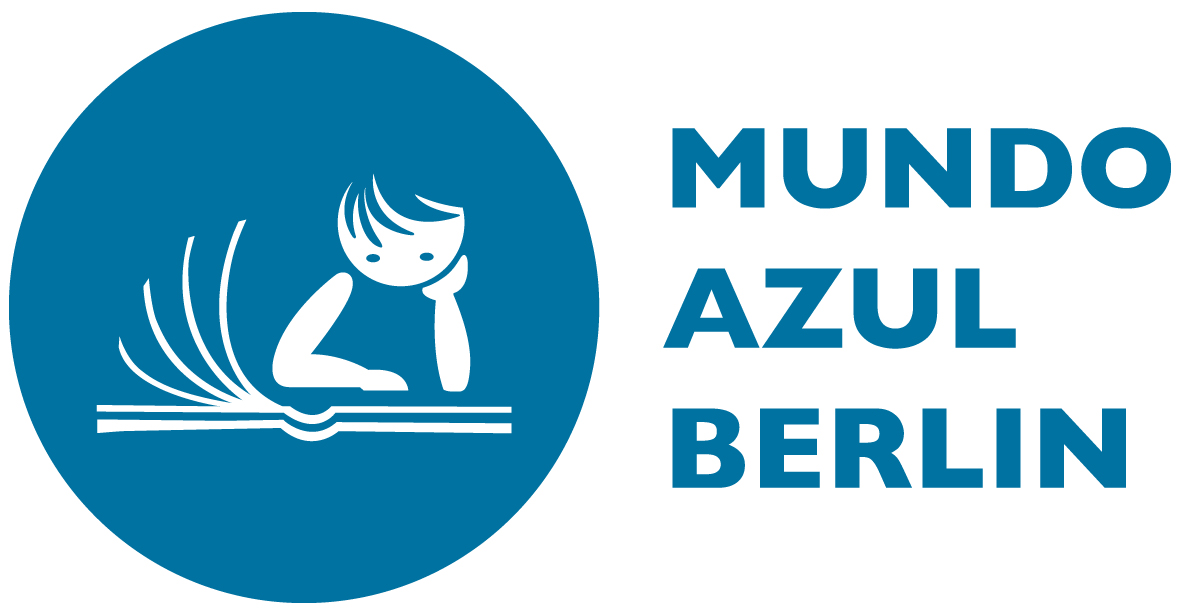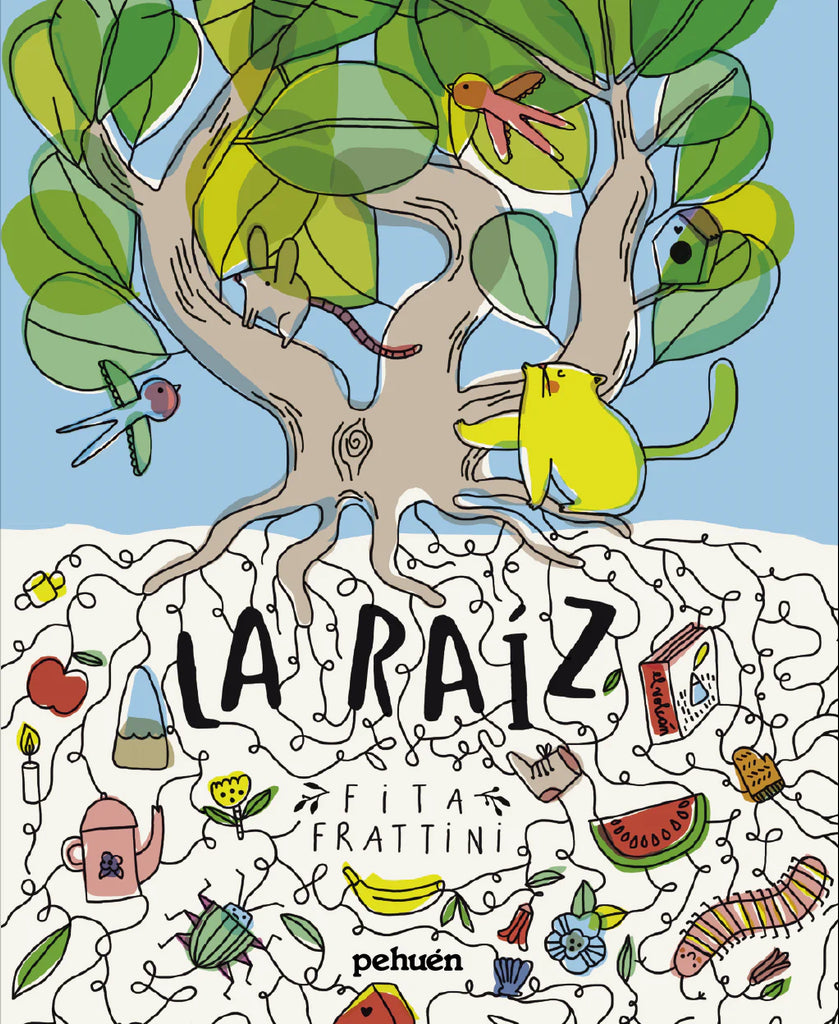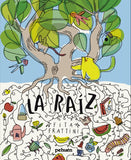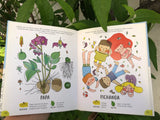Related Books
You may also like:
Kaaliawiri, el árbol de la vida / Bilderbuch Spanisch / Francisco Ortiz / Illustration von Ciça Fittipaldi
You may also like:
Fernanda / Bilderbuch Spanisch / Daniela Pabón Llinás / Illustration von Jorge Mato Troche
You may also like:
Una sombra sobre toda la tierra / Bilderbuch Spanisch / Rafael Yockteng und Jairo Buitrago
You may also like:
Tu fantástico cuerpo / Bilderbuch Spanisch / Pernille Engsig Eskilden y Jakob Brodersen / Illustration von Kamilla Wichmann
You may also like:
Alergias / Bilderbuch Spanisch / Katya Klimova
La Raíz / Bilderbuch Spanisch / Fita Frattini
Para niños a partir de 10 años.
Imagínate por un momento cómo hablaban los indígenas antes de la llegada de los españoles. ¿Qué palabras habrán usado para comunicarse? ¿Sabes de dónde vienen las palabras que habitualmente utilizamos? ¿Te lo has preguntado alguna vez? Por ejemplo: pichí, piñén, guagua, pololo. humita o combo. Seguramente pensarías que son del castellano, pero ¡no! Un gran número de palabras que usamos habitualmente no vienen precisamente de España, sino que de los idiomas aymara, quechua y mapudungun que se usaban mucho antes de la llegada de los conquistadores españoles a América. Ellos impusieron su idioma, pero no lo lograron hacer desaparecer por completo algunas palabras que, aunque se modificaron, continúan usándose hasta hoy.
Este libro contiene palabras como choclo que viene del quechua choqllo y significa maíz; o chape que viene del mapudungun chapen que quiere decir trenzar.
------------------------------------------------------------------------------------------------
For children 10 years old and up.
Imagine for a moment how the indigenous people spoke before the arrival of the Spaniards. What words would they have used to communicate? Do you know where the words we usually use come from? Have you ever wondered? For example: pichí, piñén, guagua, pololo, humita or combo. Surely you would think that they come from Spanish, but no! A great number of words that we usually use do not come precisely from Spain, but from the Aymara, Quechua and Mapudungun languages that were used long before the arrival of the Spanish conquerors in America. They imposed their language, but they did not succeed in making some words disappear completely, and although they were modified, they continue to be used to this day.
This book contains words such as choclo which comes from Quechua choqllo and means corn; or chape which comes from Mapudungun chapen which means braid.
© Pehuén Editores 2024
| Titel | La Raíz / Bilderbuch Spanisch / Fita Frattini |
| Kurator | mundo azul |
| Typ | Bilderbuch Spanisch |
| ISBN | |
| Online seit | Nov 22, 2024 |
Para niños a partir de 10 años.
Imagínate por un momento cómo hablaban los indígenas antes de la llegada de los españoles. ¿Qué palabras habrán usado para comunicarse? ¿Sabes de dónde vienen las palabras que habitualmente utilizamos? ¿Te lo has preguntado alguna vez? Por ejemplo: pichí, piñén, guagua, pololo. humita o combo. Seguramente pensarías que son del castellano, pero ¡no! Un gran número de palabras que usamos habitualmente no vienen precisamente de España, sino que de los idiomas aymara, quechua y mapudungun que se usaban mucho antes de la llegada de los conquistadores españoles a América. Ellos impusieron su idioma, pero no lo lograron hacer desaparecer por completo algunas palabras que, aunque se modificaron, continúan usándose hasta hoy.
Este libro contiene palabras como choclo que viene del quechua choqllo y significa maíz; o chape que viene del mapudungun chapen que quiere decir trenzar.
------------------------------------------------------------------------------------------------
For children 10 years old and up.
Imagine for a moment how the indigenous people spoke before the arrival of the Spaniards. What words would they have used to communicate? Do you know where the words we usually use come from? Have you ever wondered? For example: pichí, piñén, guagua, pololo, humita or combo. Surely you would think that they come from Spanish, but no! A great number of words that we usually use do not come precisely from Spain, but from the Aymara, Quechua and Mapudungun languages that were used long before the arrival of the Spanish conquerors in America. They imposed their language, but they did not succeed in making some words disappear completely, and although they were modified, they continue to be used to this day.
This book contains words such as choclo which comes from Quechua choqllo and means corn; or chape which comes from Mapudungun chapen which means braid.
© Pehuén Editores 2024









